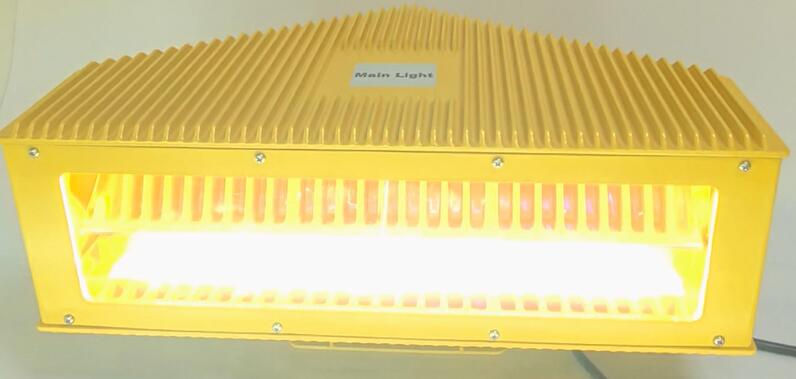Aircraft warning light is of paramount importance in the aviation domain. It acts as a silent sentinel, safeguarding the skies and those below.
These lights are the visual cues that prevent potential disasters. They are indispensable during low-light scenarios, enabling other aircraft and ground observers to spot the aircraft promptly.
The technology behind aircraft warning light is constantly evolving. Modern systems are more efficient and visible from greater distances. They use advanced LED lights that consume less power yet offer brighter illumination.
| Aircraft Warning Light | 856 |
| icao | faa |
For example, some aircraft are equipped with lights that can change intensity and color based on the aircraft's altitude and speed, providing additional information to nearby traffic.

Aircraft warning light also helps in airspace management. Air traffic controllers rely on these lights to monitor the movement of aircraft accurately, especially in congested airspace.
Moreover, they are crucial for helicopters and smaller aircraft that operate at lower altitudes, where the risk of encountering obstacles or other aircraft is higher.
The regulations governing aircraft warning light are strict and for good reason. Manufacturers must adhere to precise standards to ensure the lights' performance and reliability.
Regular maintenance and checks are mandatory to detect any faults or deterioration. Failure to do so could compromise the safety of the flight and those on the ground.
In conclusion, aircraft warning light is a vital aspect of aviation safety. It continues to evolve and play a crucial role in keeping our skies safe and secure.